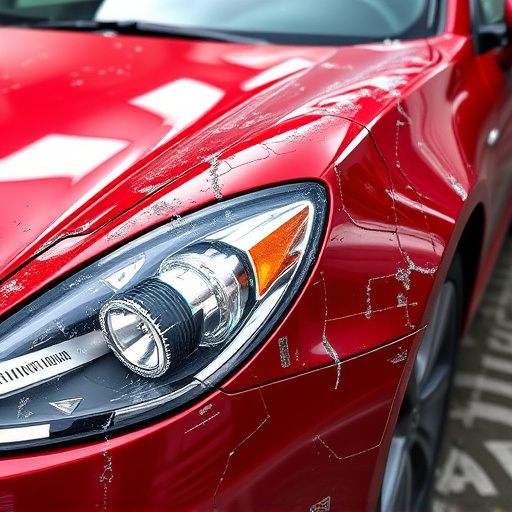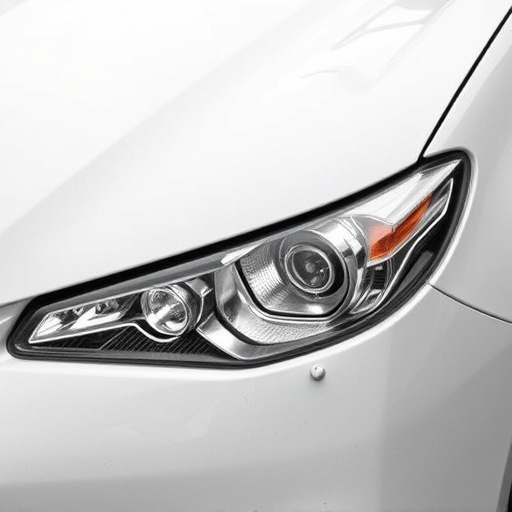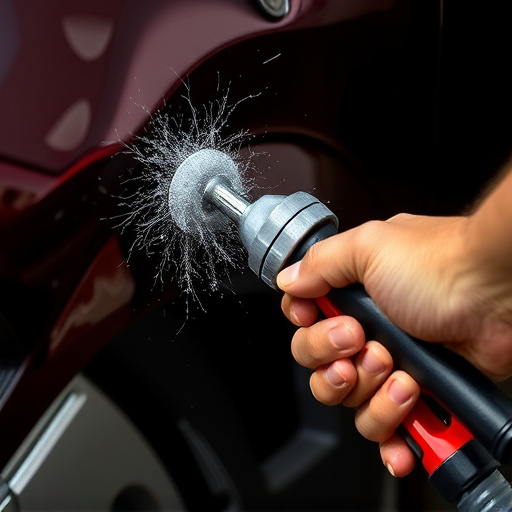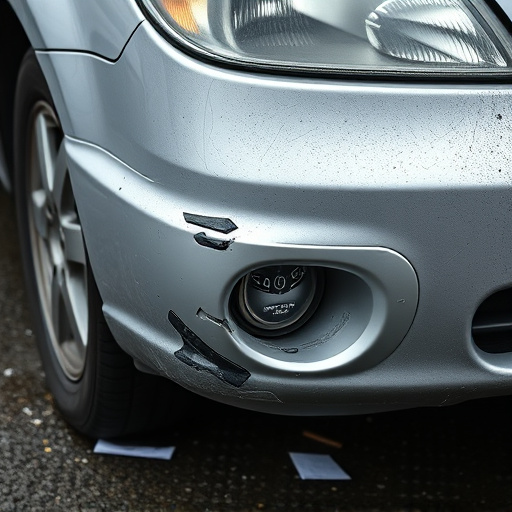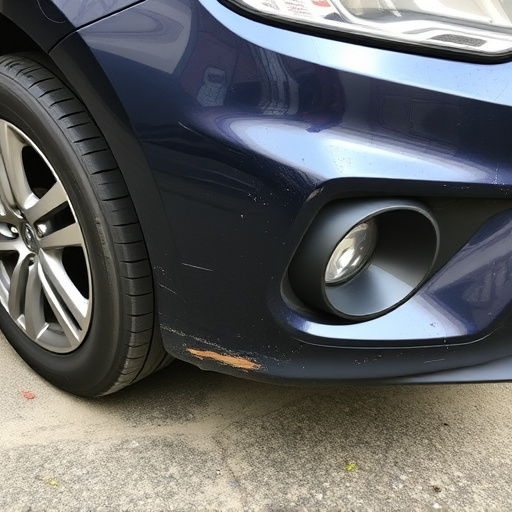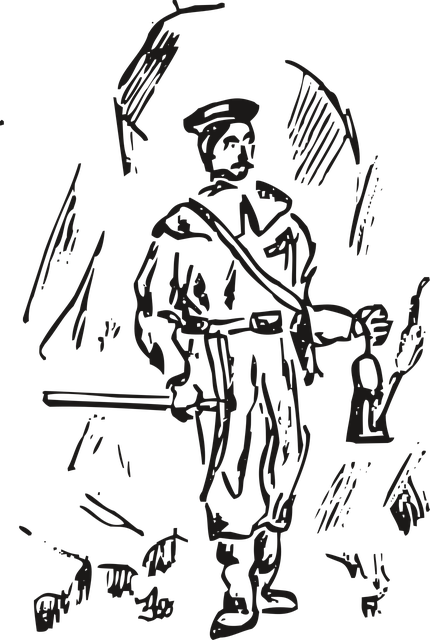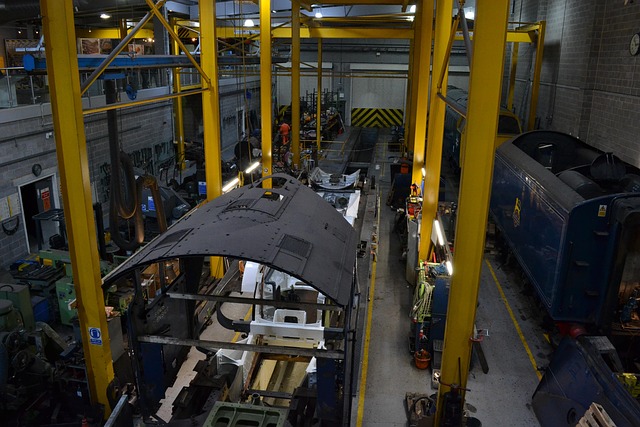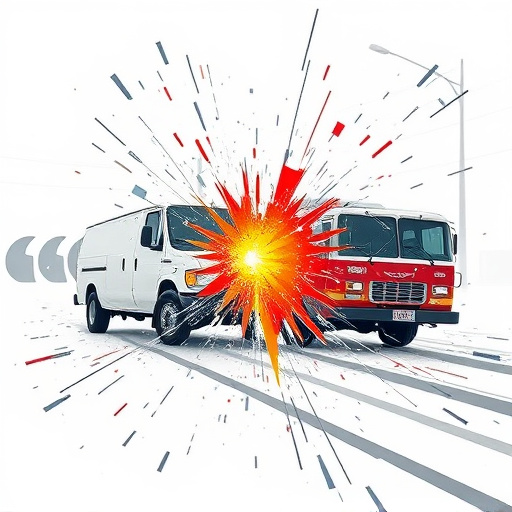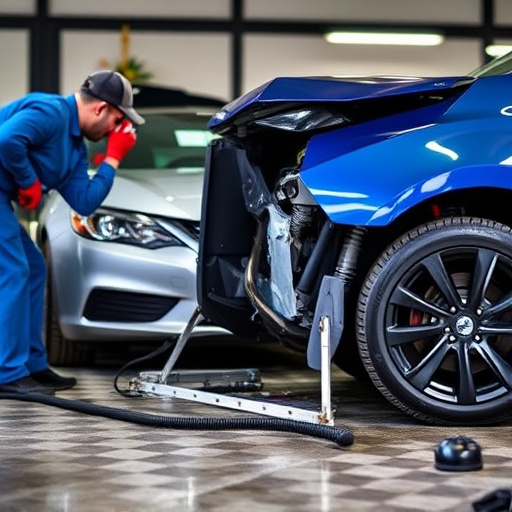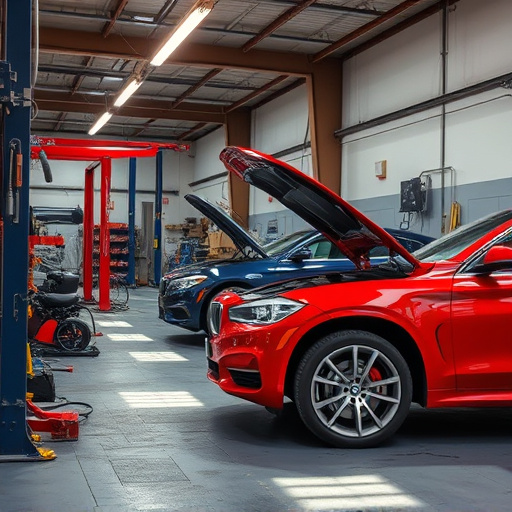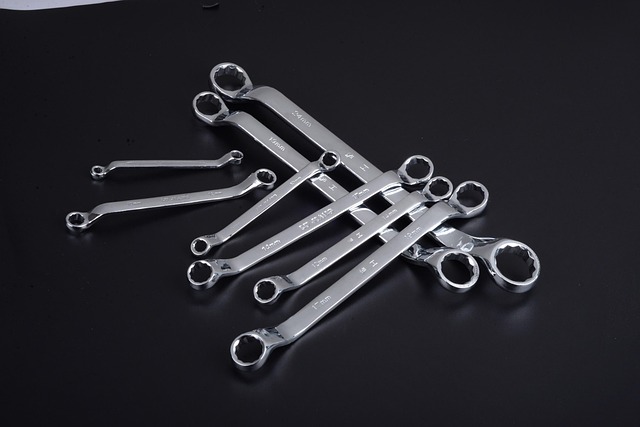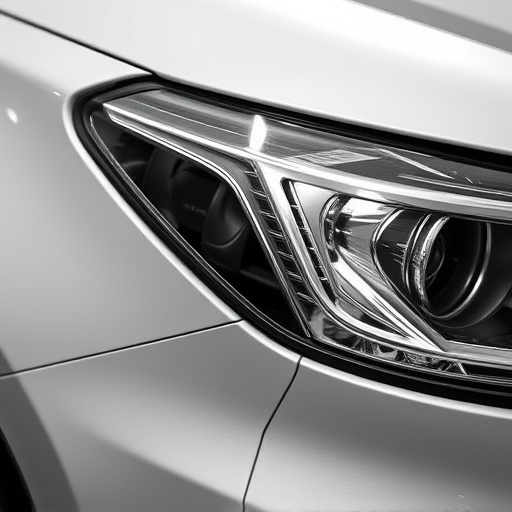Metal reshaping PDR (Precision Damage Repair) is a cost-effective auto body restoration technique that straightens damaged metal panels without impacting structural integrity. Insurance companies vary in their adoption, with some favoring PDR over traditional frame repair methods. Policyholders should understand the process, as insurers underwrite estimates based on factors like dent complexity, location, material deformation, historical claim data, and shop reputation to ensure fair pricing. When filing a metal reshaping PDR claim, contact your insurance provider, provide damage details, and be informed about their specific procedures for swift settlement and smooth vehicle repair.
“Uncovering the intricacies of metal reshaping PDR (Paintless Dent Repair) estimates is crucial for policyholders seeking seamless claims resolution. This article serves as a comprehensive guide, offering insights into how insurance companies approach these specialized repairs. From understanding the concept of metal reshaping PDR to navigating the underwriting process and claims journey, we demystify every step. By delving into these aspects, you’ll gain valuable knowledge, ensuring a more efficient and effective experience when dealing with metal reshaping-related dent repair.”
- Understanding Metal Reshaping PDR Estimates: A Primer for Policyholders
- The Underwriting Process: How Insurance Companies Assess Risk in Metal Reshaping
- Navigating the Claims Journey: What to Expect When Filing a Metal Reshaping PDR Claim
Understanding Metal Reshaping PDR Estimates: A Primer for Policyholders

Metal reshaping PDR (Precision Damage Repair) estimates are a critical aspect of auto body work, ensuring that vehicles return to their pre-accident condition. For policyholders, understanding this process is essential when dealing with insurance companies. When an accident occurs, the initial step in the repair process involves assessing the damage, which includes metal reshaping to restore the car’s structural integrity and aesthetic appeal.
This technique utilizes specialized tools and techniques to straighten and reshape damaged metal panels without affecting the overall structure of the vehicle. It’s a cost-effective alternative to traditional auto frame repair, as it preserves original factory parts and can often result in faster turnaround times. Policyholders should be aware that insurance companies may vary in their approach to PDR estimates, some embracing this modern repair method while others might prefer more conventional auto body work solutions.
The Underwriting Process: How Insurance Companies Assess Risk in Metal Reshaping
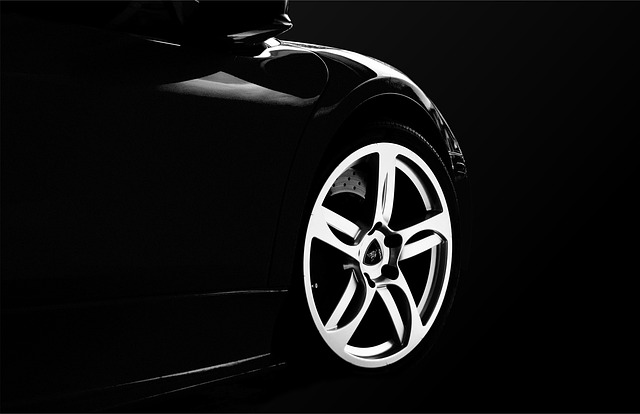
Insurance companies employ a meticulous underwriting process to evaluate and manage risks associated with metal reshaping PDR (Paintless Dent Repair) estimates. This involves a comprehensive analysis of various factors that impact the potential costs and frequency of claims related to auto repair services, specifically focusing on vehicle bodywork. Underwriters examine the scope of work involved in metal reshaping, considering the complexity of the dents, their location, and the extent of material deformation. They also study historical data on similar claims, including settlement amounts and frequencies, to predict future risks.
Additionally, insurance companies assess the reputation and experience of PDR shops offering metal reshaping services. This includes evaluating the shop’s ability to provide high-quality auto detailing and maintain accurate records of repair processes. By employing these risk assessment strategies, insurers ensure that metal reshaping PDR estimates are fairly priced, reflecting the potential for damage, labor costs, and the overall impact on vehicle bodywork aesthetics and value.
Navigating the Claims Journey: What to Expect When Filing a Metal Reshaping PDR Claim
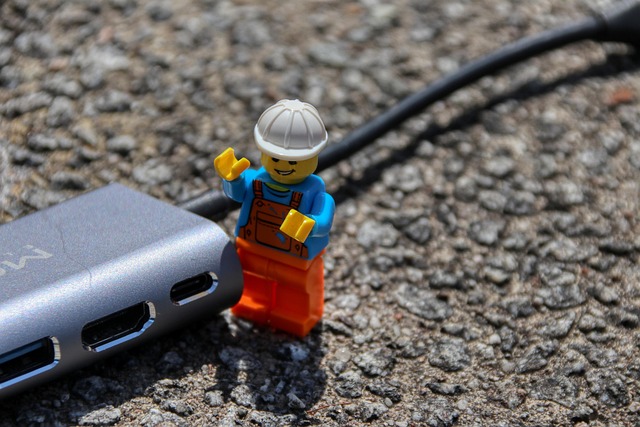
When filing a metal reshaping PDR (Paintless Dent Repair) claim, understanding the claims journey is crucial for a smooth process. The first step involves contacting your insurance provider to initiate the claim and providing them with all necessary details, including photos of the damage and information about the incident. They will then assign a claims adjuster who will assess the extent of the damage. In many cases, especially for minor dents, metal reshaping PDR is recommended as an efficient and cost-effective repair method.
The claims adjuster will discuss available options with you, including metal reshaping PDR, traditional frame straightening, or auto repair services that involve more extensive work. They will guide you through the process, explain coverage details, and provide an estimate for the repairs. It’s important to remember that each insurance company has its own set of procedures, so staying informed about their specific requirements is essential. This ensures a faster settlement and helps avoid any potential delays or complications during the vehicle repair process.
In conclusion, understanding how insurance companies view metal reshaping PDR estimates is paramount for policyholders. By grasping the intricacies of the underwriting process and the claims journey, individuals can better navigate the complexities of metal reshaping PDR claims. Armed with this knowledge, policyholders can confidently advocate for fair and accurate assessments, ensuring a smoother resolution in the event of damage.


